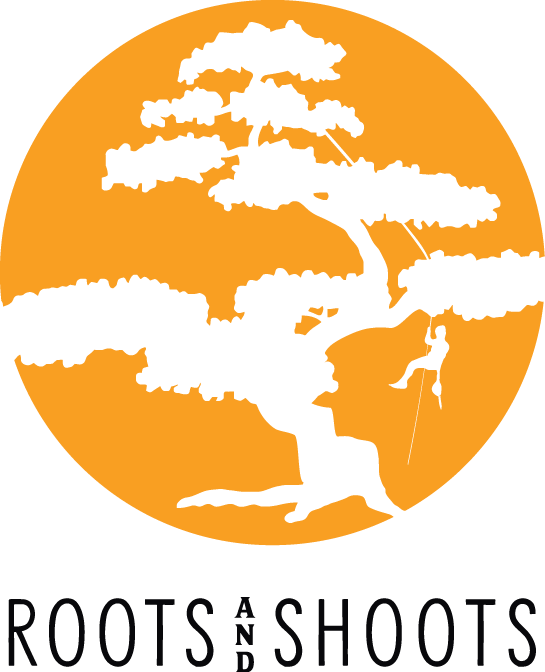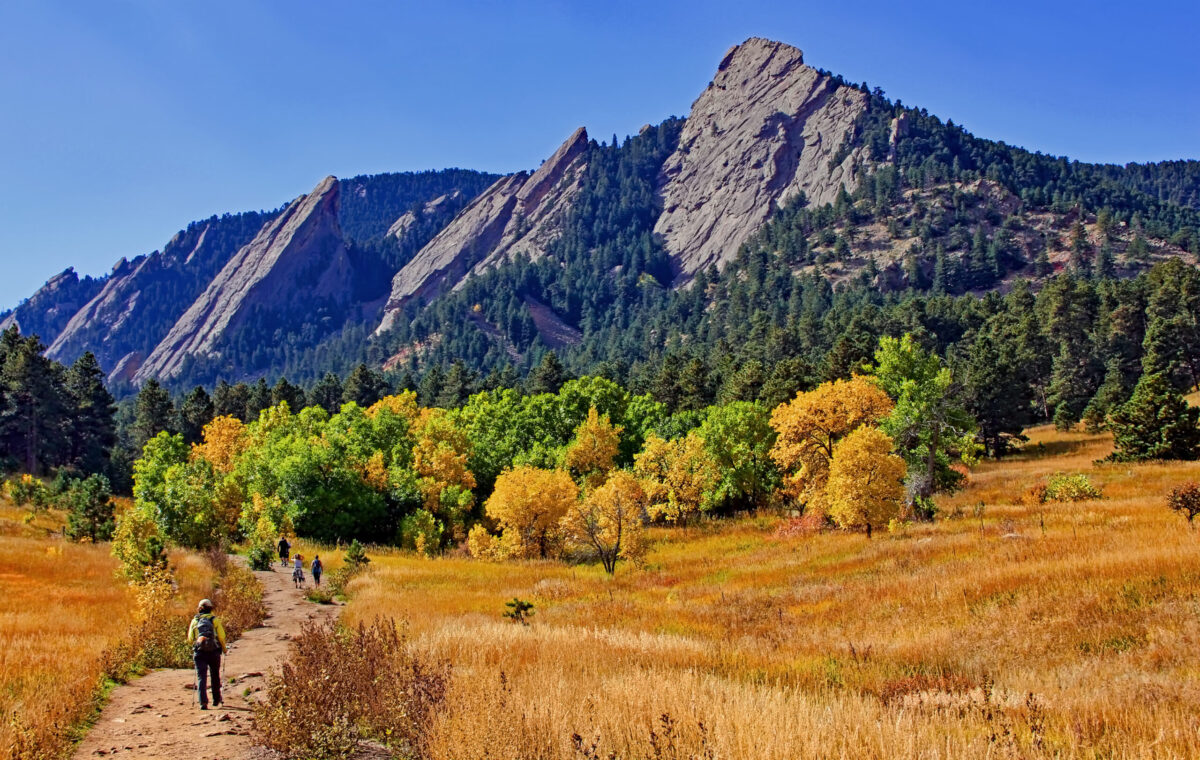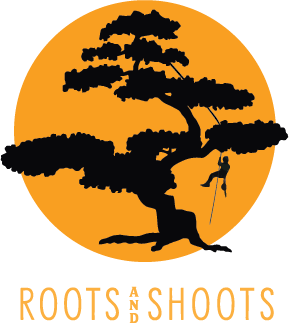Your Trusted Partner in Tree Health
Contact us for a free consultation and estimate.
Let us ensure your trees stay healthy, safe, and beautiful all year round.


About Us
Serving Boulder County since 2015
Sam Williams and his team have over 20 years of combined expereince caring for trees on the Front Range.
rootsandshootstreecare@gmail.com
Contact
(303) 947-4390
Hours
Monday – Friday: 8 a.m. – 5 p.m.
